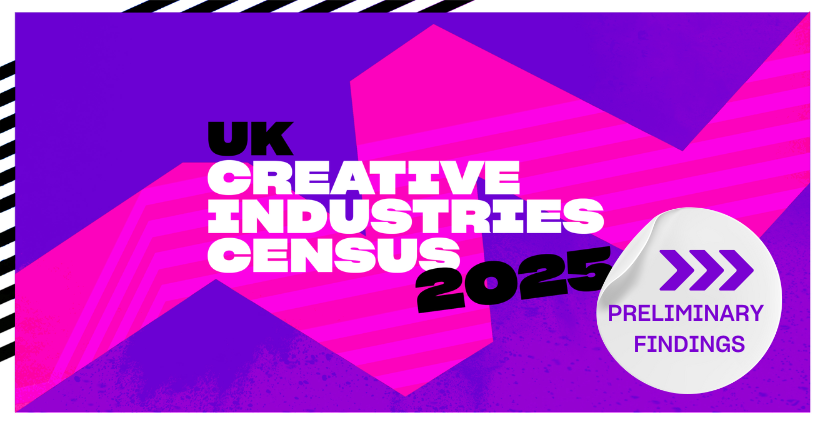The Creative Industries most anticipated Salary Census is back – and this year, we have more data than ever before to draw salary, career, and workplace insights from. With over 4290 responses to our survey, our preliminary findings make up 333,973 data points – double last year’s Census’ findings.
Our findings below provide a brief overview. If you would like to receive our comprehensive report, which will explore workplace and career trends for employees, job seekers, and employers in greater detail - including salary/day rates, AI and emerging technologies, leadership confidence, mental health, and DE&I - please complete the form below, and we will send you a copy when it goes live on the 30th April 2025.
The Creative Industries Overview
Over the last 12 months, the Creative Industries job market has remained turbulent, with more than half of businesses (53%) reporting redundancies. This volatile market has led to a relative 'stand-still,' where candidate and client confidence remains low, as reflected by only 23% of people changing jobs in the last year.
Despite ongoing geopolitical, economic, and social challenges, UK GDP is projected to grow by 1.6% in 2025 (IMF). This growth is already being reflected in the increased positive intent from businesses – whilst job flow has remained consistent, the commitment to hiring in Qu.1 vs. Qu.4 has been higher higher with a 20% increase on permanent hires and 6% in freelance. There has also been a 30% uptick in freelancer job flow so far this quarter which is positive.
This positive intent is also reflected in our survey, with 45% of businesses looking to hire in the next 6 months. Additionally, half of the respondents (50%) are likely to move jobs in the next year, opening up the job market through natural attrition and growth ambitions.
Salaries & Day Rate
Salary and day rates are still the main priority for talent with lower living standards still prevalent, despite 43% of permanent employees receiving a salary increase in the last 12 months. Just over a quarter (28%), believing they’re paid their worth based on their skills and experience.
Early data from this year’s Census suggests that permanent salaries grew by circa 5.2% - 6.9%, the same or higher than the UK average of 5.2% (inclusive of bonuses), as reported by the Office of National Statistics. Freelance day rates have also increased by a similar percentage, circa 5.9% - 6.9%.
Skills First
Rapid technological advancements have meant that roles and responsibilities are shifting quicker than ever, with certain skills sets now becoming imperative to deliver operational efficiency and delivery. With 1 billion of the global workforces required to be reskilled or upskilled by 2030 (LinkedIn), a skills first approach not only ensures the right candidate is hired for the role but also opens internal mobility opportunities for retaining existing staff.
However, our data shows that over a third (36%) of respondents hadn’t received any formal of training in the last 12 months – up from 8% from the year previous, despite learning and development being a core desire from employees.
When it comes to AI specifically, over two-thirds of businesses believe there is a significant skills gap, and more training is required to ensure employees maximise usage – specifically around technical proficiency, which both employers and employees cite as the number one skill required for the future of work.
DE&I Rollback
Economic headwinds, political policy shifts and shifting corporate priorities have led organisations to quietly deprioritise or even abandon key DE&I initiatives – effectively “cancelling” the momentum once championed.
Data from this year’s Salary Census illustrates the stark reality with 55% of businesses reportedly having no dedicated DE&I budget, with a further 25% unsure if such budgets exist; leaving a potential 80% of businesses operating without specific DE&I budgets – a huge shift from 2021 where 75% reported having specified budgets.
Compounding matters, there has been a 5% decrease in the number of women and non-binary individuals across the Creative Industries – equivalent to 120,000 departures. This signals a concerning trend around the retention and advancement of marginalised communities in the Creative Industries.
If you'd like to receive more in-depth analysis on the themes outlined above, alongside a host of other workplace, career, salary and day rate trends, then please leave your details below. If you'd be interested in joining our launch events, then please click the appropriate box.












